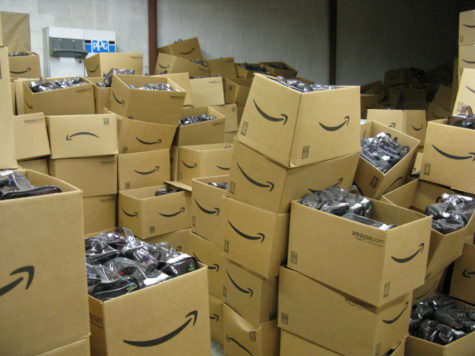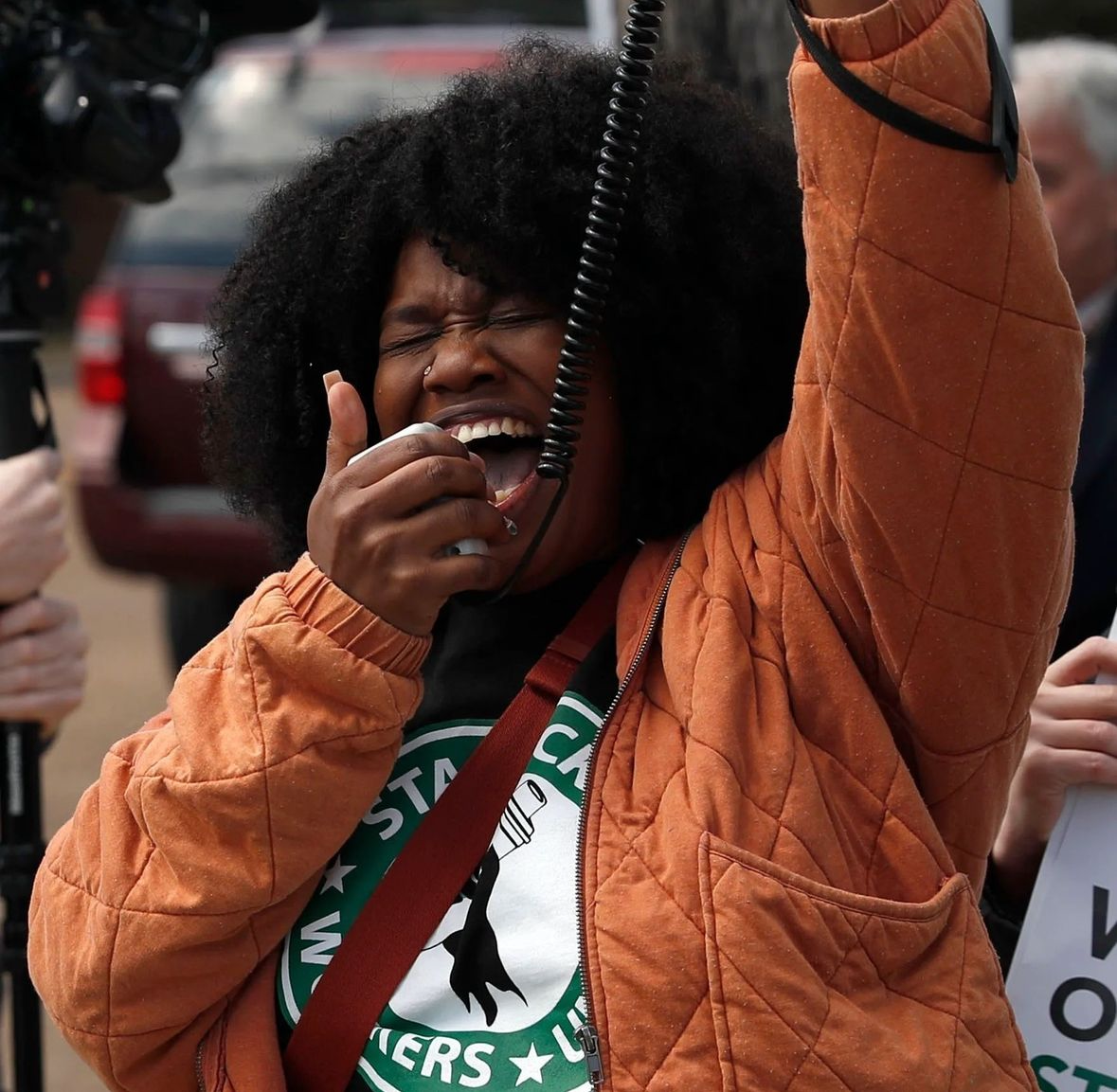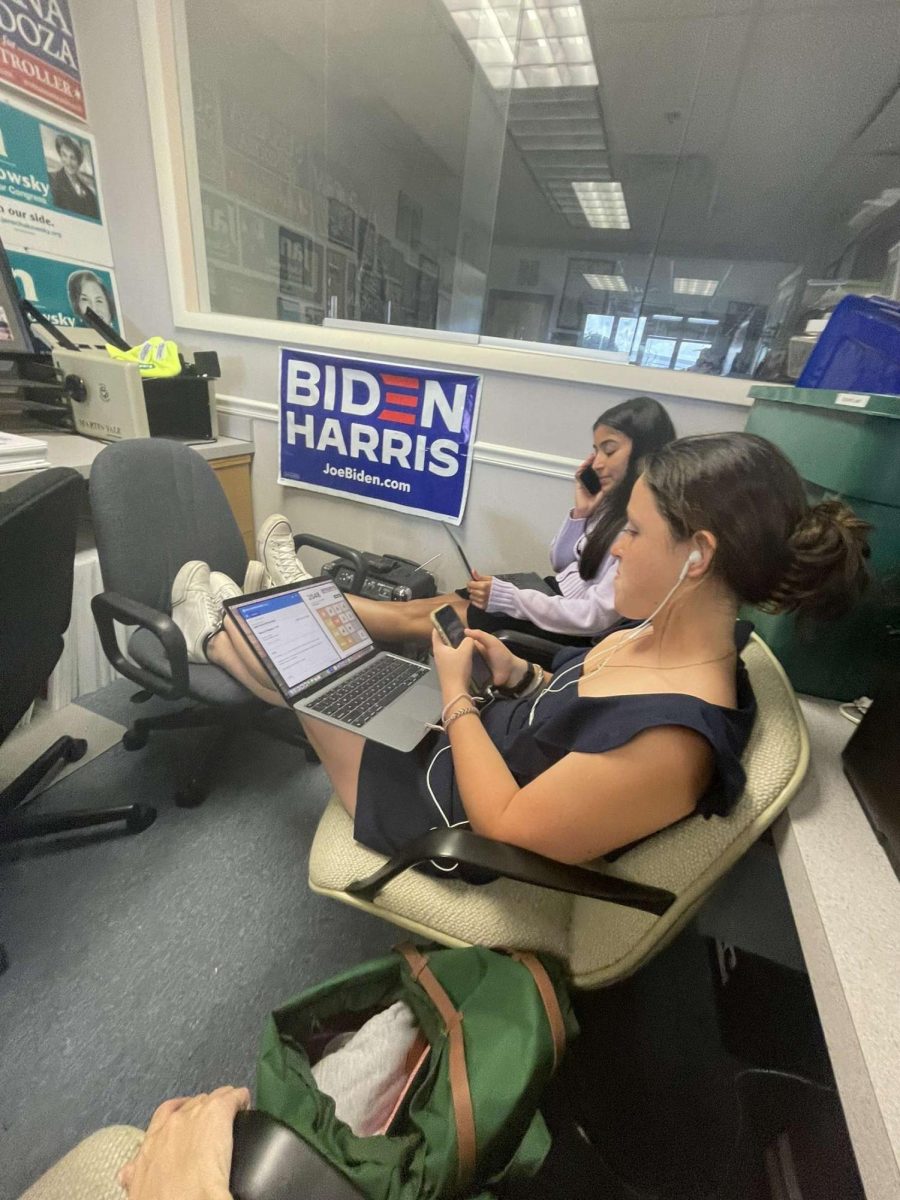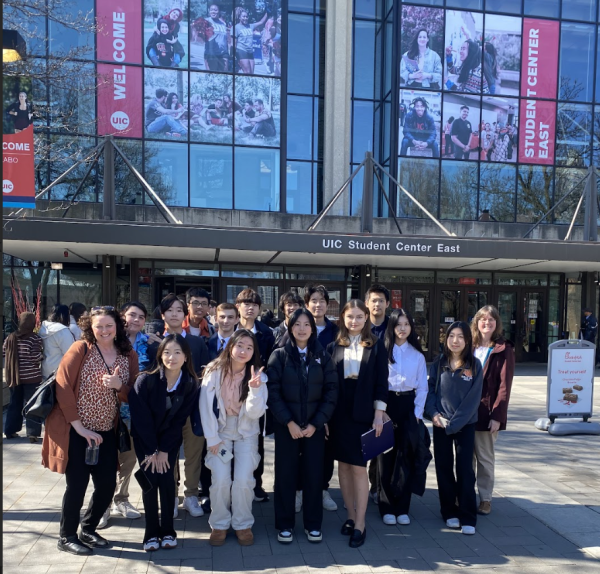A walk through on Amazon
December 7, 2022

Amazon is an omnipresent force globally—with 1.6 million purchases a day—and growing. According to mailroom services, an average of 60 amazon—though up to 100— purchases are delivered to LFA every day.
Yet, Amazon has been criticized, notably in relations to labor rights as numerous reports emerged of employees having to urinate in bottles due to the lack of sufficient restroom breaks. However, in a survey, a packager—who started their job this year at an Amazon warehouse—states that they are given “45 minutes to eat” and “can take bathroom breaks anytime as long as someone covers your area.” Overall, the most negative comment they made about the company was that “they only promote white people instead of others that have been here longer.”
A former Transportation and Indirect Supply Chain Specialist—who worked online—states, “I was often given a workload that prevented me from taking breaks” and how they were “tracked every second of my time throughout the day with an inaccurate system.” When asked about management, they responded that they “make it known that you’re just another cog in a wheel.”
In April of 2022, a long-awaited and highly-discussed development concerning labor rights occurred: an Amazon union formed. However, this was after multiple union-busting incidents.
In Bessemer, Alabama, many workers believed that Amazon was monitoring the secret ballots votes, which are used to determine if a union will form. Due to this alleged offense, the National Labor Relations Board [NLRB] ordered a new election in 2022.
Earlier this year in Staten Island, New York, the NLRB plans to issue a complaint, unless a settlement arises, over reports of threatening those planning to unionize and punishing an employee for seeking a paid Juneteenth holiday. A few months later, when the Staten Island Amazon facility voted to unionize, Amazon challenged this union victory to the NLRB. This challenge was unsuccessful. These are just a few anecdotes of many.
In addition to criticism involving worker’s treatment, many deem Amazon’s environmentally-friendly initiatives as corporate ‘green-washing,’ which is disinformation presented by a company to appear environmentally responsible. Dr. Cedergren, a chemistry teacher, said that Amazon’s sustainability report was “jargon-filled” and lacked extensive details, instead stating many buzzwords. However, she did note Amazon’s gradual switch to electric vehicles as a positive. Yet, her main concern involved the wasteful packaging, claiming she’s received “a box within a box.”As a company valued at almost 1 trillion dollars, Amazon has the “opportunity to be a leader,” Cedergren states.
Despite the large profit Amazon reaps each year, in 2017 and 2018, Amazon paid 0 dollars in federal taxes. These numbers come from estimates on its annual 10-K filings with the U.S. Securities and Exchange Commission, as Amazon’s tax returns are private. In fact in 2019, Amazon actually received a tax refund of $129 million dollars. However, during the Biden administration Amazon’s tax rate has increased to 6.1% in 2021.
The median American household–earning roughly $70,000 per year—pays 14% in federal taxes each year; Jeff Bezos, executive chairman of Amazon, paid no federal income tax in 2007, though he added $3.8 billion to his fortune that year. This was done legally by offsetting the $46 million in income with losses from investments and deductions on debts. These figures were researched by ProPublica, an independent, nonprofit newsroom that produces investigative journalism.
While Amazon’s tax measures are legal, instances in the workplace have been deemed illegal, violating different labor laws. Amazon has an opportunity to be a leader in society yet shrinks away from this potential.















